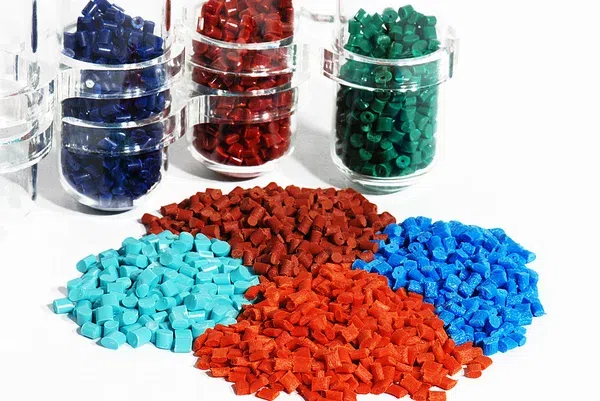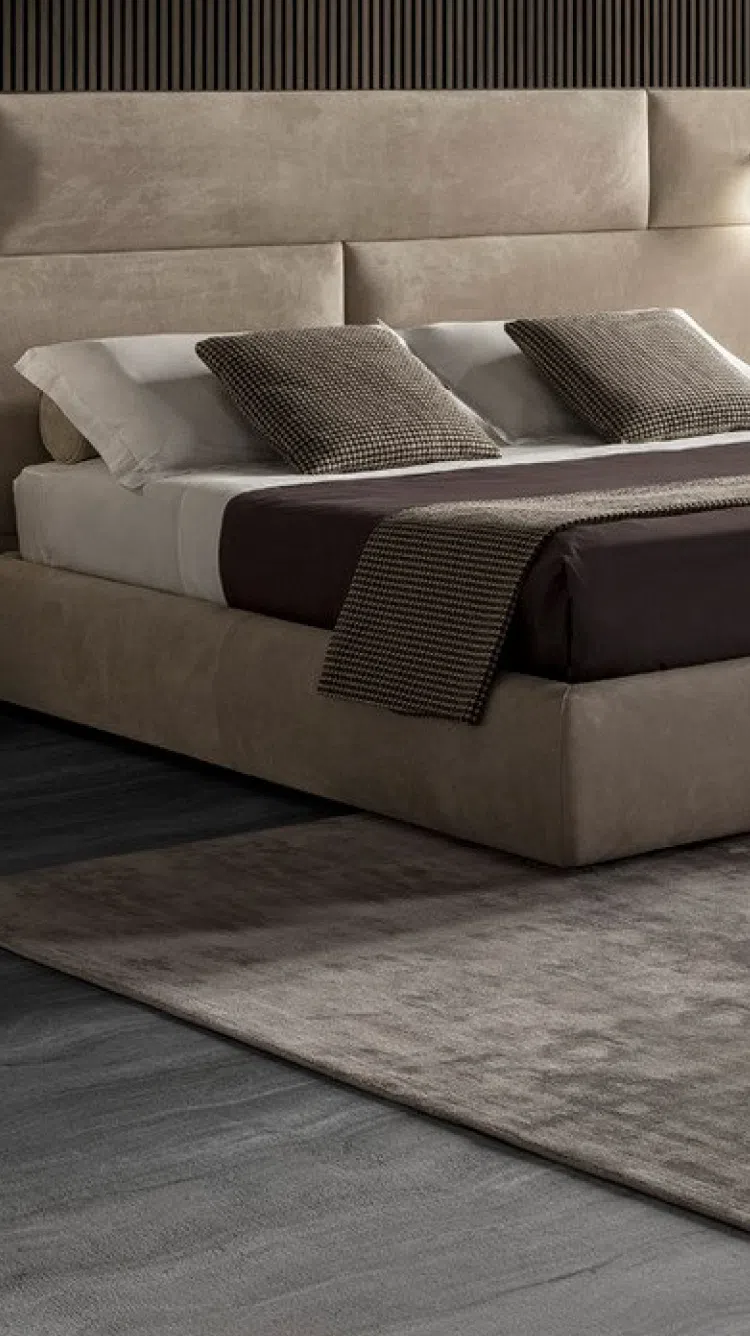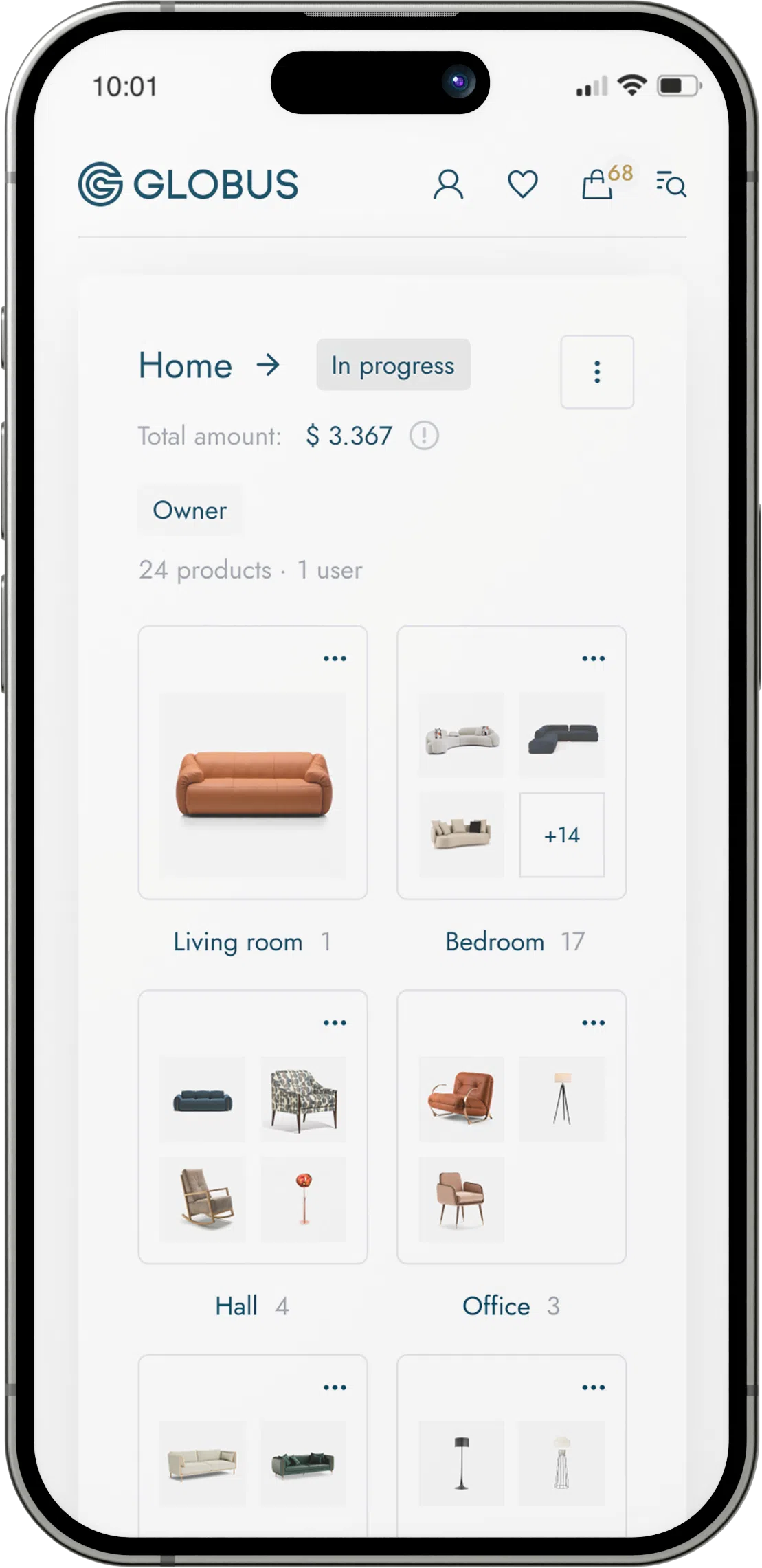
Polyamide, commonly known as nylon, is a type of synthetic polymer that is widely used in many industries, including the manufacture of furniture. It is a thermoplastic material, meaning it can be melted and reformed, which makes it versatile and useful for a variety of applications. Here are some characteristics and uses of polyamide in the context of furniture material:
Characteristics of Polyamide:
Durability: Polyamides are known for their excellent durability. They have high tensile strength and can withstand significant wear and tear, which makes them suitable for furniture that will experience heavy use.
Resistance to Abrasion: The material is highly resistant to abrasion, which means it doesn't wear down easily when subjected to rubbing or friction. This is particularly beneficial for furniture coverings and components that are in constant contact with users.
Resilience: It can return to its original shape after bending, stretching, or compressing, which is useful for seating or cushioning materials that need to maintain their shape and comfort over time.
Moisture Resistance: Polyamide has a low level of moisture absorbency, which helps prevent staining and makes it easier to clean and maintain. This also makes it a good choice for outdoor furniture or furniture in high-humidity environments.
Chemical Resistance: It is resistant to many chemicals, including solvents and oils, which can help extend the life of the furniture and make it suitable for use in environments where spills are likely.
Thermal Resistance: Polyamide can withstand a range of temperatures without degrading, which is essential for furniture that may be subject to various indoor and outdoor temperatures.
Uses of Polyamide in Furniture:
Upholstery Fabrics: Because of its strength and durability, polyamide is often used in upholstery fabrics, either on its own or blended with other fibers. It can withstand the constant use that furniture like sofas and chairs undergoes.
Outdoor Furniture: Due to its moisture and UV resistance, polyamide is a good choice for outdoor furniture fabrics. It helps prevent fading and deterioration due to outdoor weather conditions.
Components: Polyamide can also be used in the production of furniture components, such as connectors, fasteners, and various structural parts, due to its strong, moldable properties.
Carpets and Rugs: Although not furniture per se, polyamide is commonly used in the production of carpets and area rugs that accompany furniture in residential and commercial spaces due to its durability and resistance to stains.
Limitations of Polyamide:
- While polyamide is generally hard-wearing, it is susceptible to damage from UV light over time, which can cause it to become brittle and lose strength, particularly if used outdoors without adequate UV protection.
- Can be prone to static electricity build-up, which might attract dust and lint.
- Depending on the manufacturing process, some forms of polyamide might be non-biodegradable, raising environmental concerns.
In summary, polyamide is a robust and flexible material well-suited for a variety of furniture applications, especially where durability and resistance to wear are priorities. Its properties can be enhanced or modified through blending with other fibers or through chemical treatments, widening its range of use in the furniture industry.


